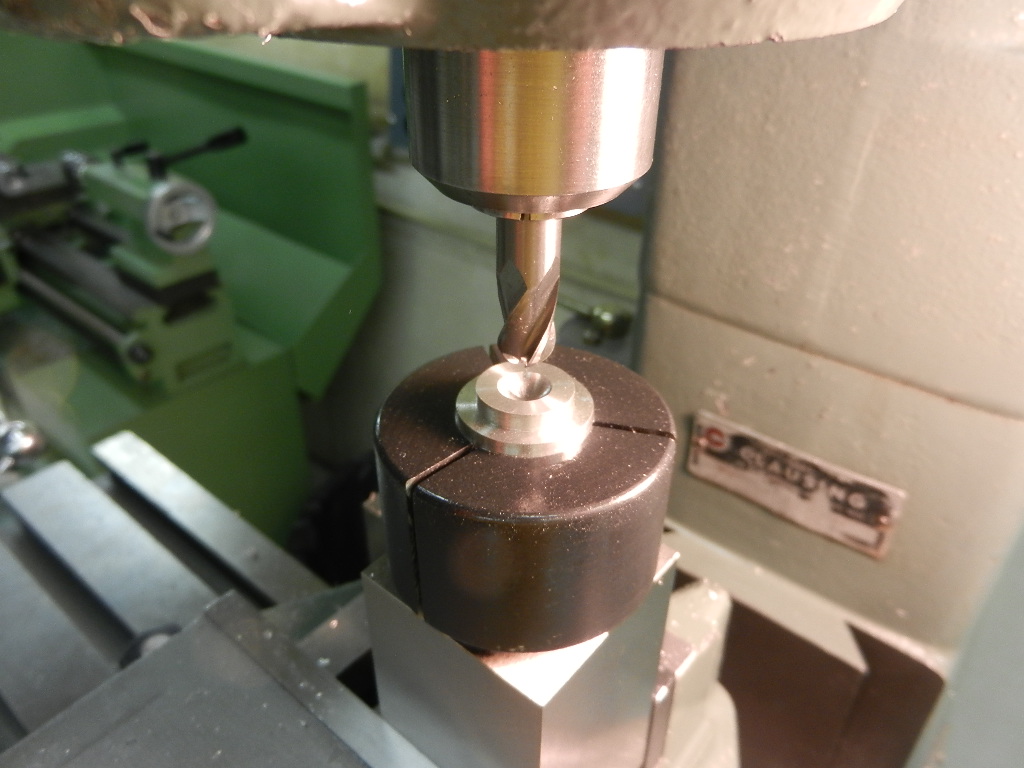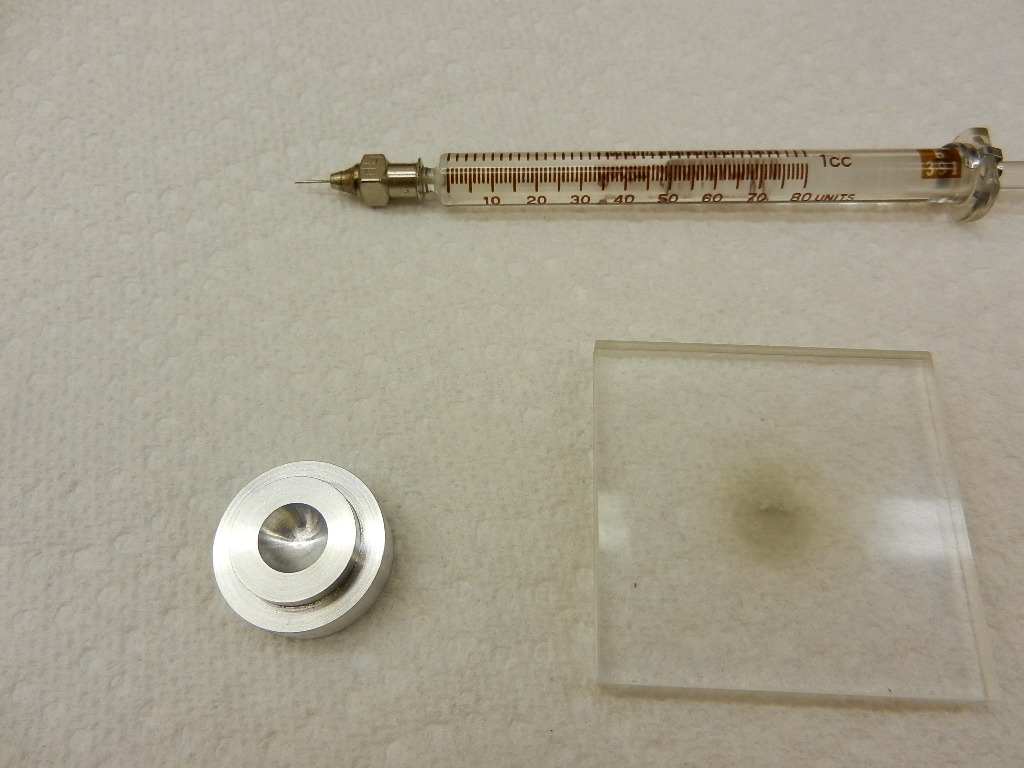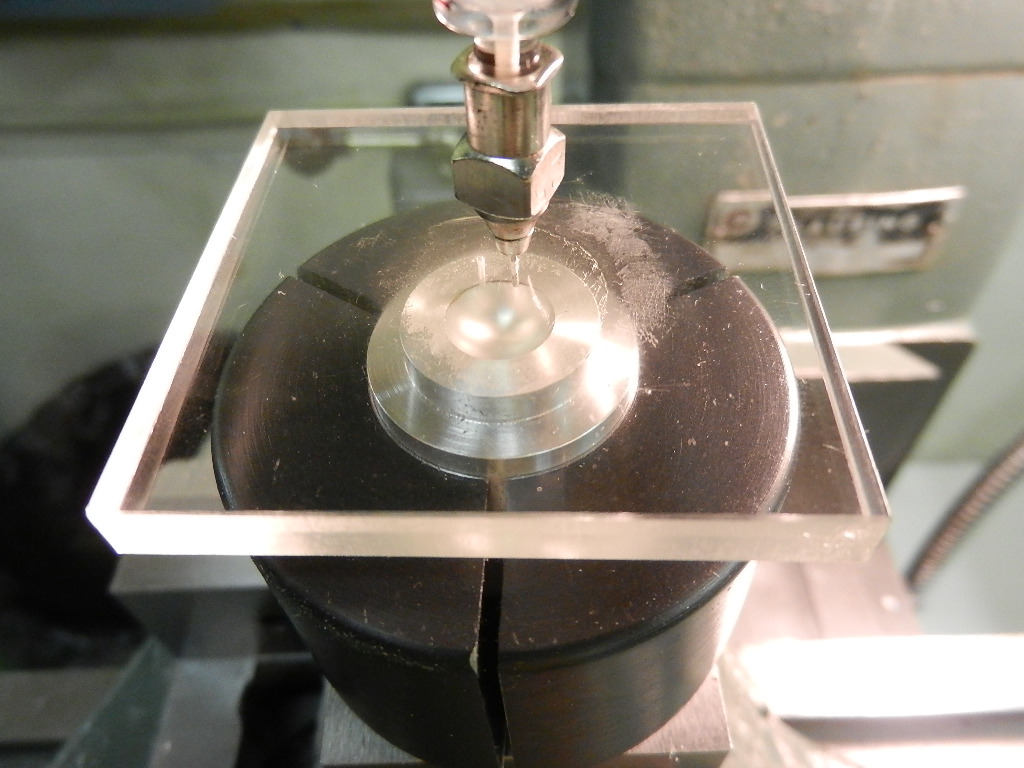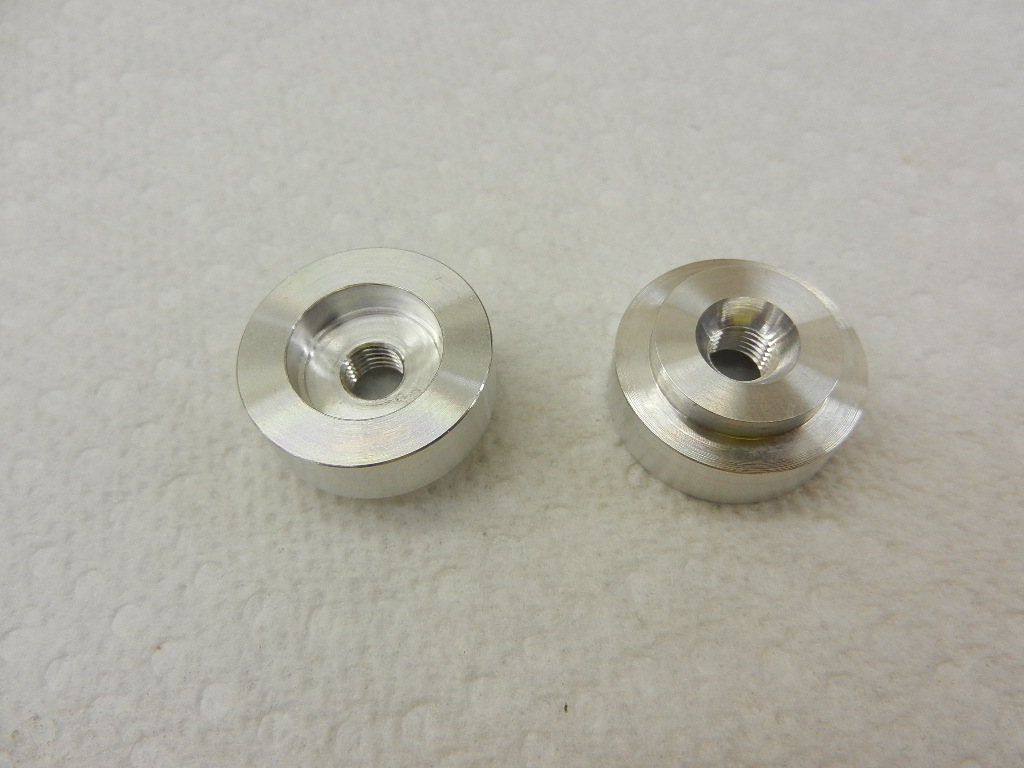- Joined
- Jul 24, 2002
- Messages
- 7,124
Was making a coupla .21 heads and came across this cool calculator:
http://www.ambrsoft.com/TrigoCalc/Sphere/Cap/SphereCap.htm
Under "Spherical Cap" enter the volume you want in cc's under "Cap volume", then enter 1/2 your end mill diameter in centimeters (inch x 2.54 = centimeters) into "Sphere radius - R", and wala, it tells you how far to plunge the mill (Cap height - h)
In my case I wanted 0.13cc and I used a 3/8" ball end mill. So 0.187 x 2.54 = 0.475 cm. Cap height is 0.34 cm / 2.54 = 0.134" to plunge. I checked and it was right on.





Yup, they're small. With the 0.01cc dish in the piston it puts the trapped C/R right at 15:1.
I'm gonna try it, I got some fast guys to catch in Mt. Vernon this summer.

http://www.ambrsoft.com/TrigoCalc/Sphere/Cap/SphereCap.htm
Under "Spherical Cap" enter the volume you want in cc's under "Cap volume", then enter 1/2 your end mill diameter in centimeters (inch x 2.54 = centimeters) into "Sphere radius - R", and wala, it tells you how far to plunge the mill (Cap height - h)
In my case I wanted 0.13cc and I used a 3/8" ball end mill. So 0.187 x 2.54 = 0.475 cm. Cap height is 0.34 cm / 2.54 = 0.134" to plunge. I checked and it was right on.
Yup, they're small. With the 0.01cc dish in the piston it puts the trapped C/R right at 15:1.
I'm gonna try it, I got some fast guys to catch in Mt. Vernon this summer.
Last edited by a moderator:



